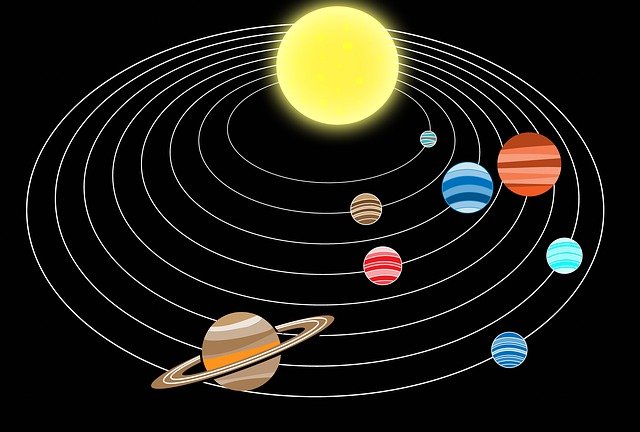What We Need To Know About Rigel Star.
The stars are a very important part of this universe. No Universe can be imagined without them. It is because of their light that we are able to know this huge Cosmos. There is much type of stars. It depends on the elements inside them. Everyone must have heard about the Orion Constellation. This constellation has been important since ancient times. This constellation and the stars in it are quite popular. In fact, it was associated with aliens. Today we will talk about Rigel, One of these famous stars. You can easily see this star without the aid of a telescope. Rigel is a very bright star. Its Apparent magnitude is +0.13 From Earth. This makes it the seventh brightest star in the night sky. Its Distance from Earth is about eight hundred and sixty light years.
But they can only be detected by a giant telescope. Both
stars are much smaller than Rigel and are much farther apart. The distance of
these stars from Rigel is about 2,200 astronomical units. This distance is
quite wide. They are named Rigel B and Rigel C by astronomers. These three
stars orbit each other in a common centre of gravity. It takes them about
24,000 years to complete one orbit. In addition, it only takes about 10 days
for Rigel B and Rigel C to orbit each other. Rigel B and Rigel C fall into the
category of blue and white main sequence stars.
Both of these stars can be 3 to 4 times more massive than
the sun. If we talk about the brightness of the Rigel star, then Rigel star is
a unique star in terms of brightness. It is thought to be 50,000 times brighter
than our sun. In addition, both of the Rigel B and Rigel C stars are not much
brighter. At the moment Rigel is a much larger star than the sun, and it is
increasing in size even more. Blue super giant star Rigel is using the hydrogen
inside it very fast and in large quantities. If we talk about its age,
according to scientists, it may be up to eight million years old. These types
of stars are very unbalanced. But stars like the sun are very balanced.
Because of this, the Life span of blue super giant stars like
Rigel was much shorter than that of the sun. But such giant blue stars are much
larger than the sun in terms of luminosity and mass. But it is constantly
losing a lot of its mass. Due to the excessive amount of stellar wind being
released through it. A stellar wind is charged particles that are released by
the star into interstellar space. The sun emits a similar stellar wind. This
stellar wind forms a heliosphere around our solar system. This prevents
dangerous cosmic waves from entering the solar system.
At the moment such activities are taking place on a very
large scale within Rigel. Soon it will cause its downfall. Because the stellar
wind it emits is more than a million of times more powerful than the sun. That is
why it will die in the next few million years. According to scientists, this star
will end up in the form of a type II supernova. This is a variable star, meaning
that its brightness fluctuates from time to time. Due to which its size is
increasing soon after the supernova in Rigel will take the form of a black hole
or a neutron star. This explosion will be easily seen on earth in the future.
Betelgeuse, a red super giant star in the same constellation, has the potential for supernovae, according to scientists.




Comments
Post a Comment
Please do not enter any spam link in the comment box.